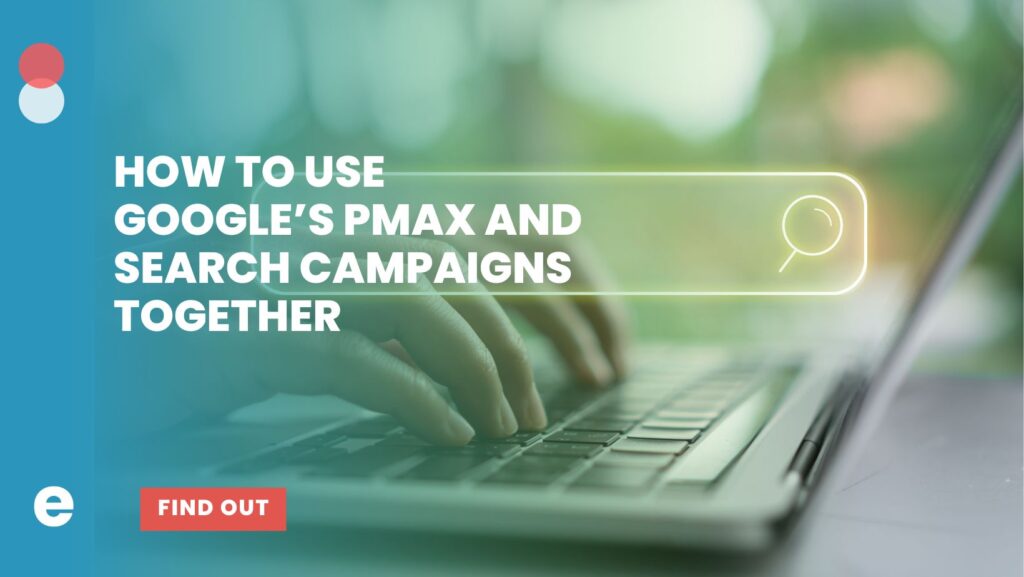Well, July 2022 is finally here. We’ve been preparing for this month for a while now. Have you been preparing? Do you even know what we’re talking about? We will give you a hint… it has to do with Google Analytics 4 and the depreciation of Universal Analytics. See the information from Google here.
Starting July 1, 2023, Universal Analytics will stop processing data and you will be forced to use Google Analytics 4. Once you officially make the switch to Google Analytics 4 as your primary analytics source, you will need to have had it running for a while in order to be able to view historical data. This means that in July 2023, in order to view YOY historical data from GA4 you will need your GA4 setup the year prior… which is July 2022. We have been working the past few months preparing our clients GA4 accounts. Hopefully you have been doing this as well. However, if you have not – it’s ok, you’re not far behind – you just need to do it as soon as possible.
Why is Google making the switch to GA4?
This is part of Google’s move towards more privacy (and a better analytics experience). Universal Analytics heavily relies on cookies for tracking, which we all know will be going away in 2023. Google had to rethink it’s analytics experience and has created and continually is rolling out, Google Analytics 4, which offers analytics tracking and insights that are compliant with privacy changes – while providing marketers and businesses with a clear understanding of audiences and campaign performance based on these new parameters.
What are the benefits of GA4?
GA4 will operate better across devices and not rely on cookies for tracking. It is an event-based measurement platform that will help you better understand your customer lifecycle without being fragmented by platforms or individual sessions.
As we understand it some of the benefits of GA4 include:
- Better understanding of your customer’s lifecycle. Since GA4 doesn’t rely on cookies, it better tracks user engagement across devices and platforms. Also, channel groupings in GA4 will no-longer be customizable so the standardized approach will bring clarity into channel metrics and paths.
- Better decisions from data-driven attribution. Instead of relying on clicks, GA4 will provide better information in regards to your collective marketing program
- Better international privacy controls. You will be able to manage country-level privacy so you can manage and minimize the collection of specific user-data by country.
- Better predictive insights. GA4 uses machine learning to develop new potential audience who are likely to buy and also those who are likely to churn and automatically surfaces insights to help continually improve your marketing.
What are the steps to migrate from Universal Analytics to Google Analytics 4?
- Create your GA4 property*
- Review your current UA goals, determine which ones are important, and create GA4 conversions*
- For this and all below, it’s important to note that session-based data will not be available or will need to be adjusted to reflect the new event-based tracking in GA4.
- Review your current UA events, determine which are important, and create GA4 events*
- Review your custom dimensions, determine which are important, and create your GA4 custom dimensions
- Review your filters, determine which are important, and create your GA4 filters
- Review your content groupings, determine which are important, and create your GA4 content groupings
- One big difference with GA4 content groupings, is they are not hierarchical, so you will need to rethink how you want these structured
- Review your exclusion list, determine which are important, and add your GA4 exclusions
- Review your segments, determine which are important, and create your GA4 segments
- Review your scheduled reports and determine which ones you will still need. GA4 actually will not support scheduled emailing of reports, so if you would like to continue this feature, then you will need to set up scheduled reports out of Google Data Studio.
You will notice that in all instances, this is the time to review your current UA setup, determine what is actually used and still needed for the future and only configure the things that are actually used by the business. Once you determine this and set the new configuration, you will want to be sure to maintain any changes you make on both properties until you make the full switch over.
*The 3 items with the stars are the ones that we recommend you setup immediately. This will allow your YOY data to be collection asap. The other items are more about data configurations and you can work your way through those over the upcoming weeks/months.
Big changes are coming in digital marketing over the next couple of years. We all need to embrace these changes and act on them as new information becomes available for us to do so.
If you could use help setting up your new Google Analytics 4 property, let us know – we’re glad to help set you up for future success.


